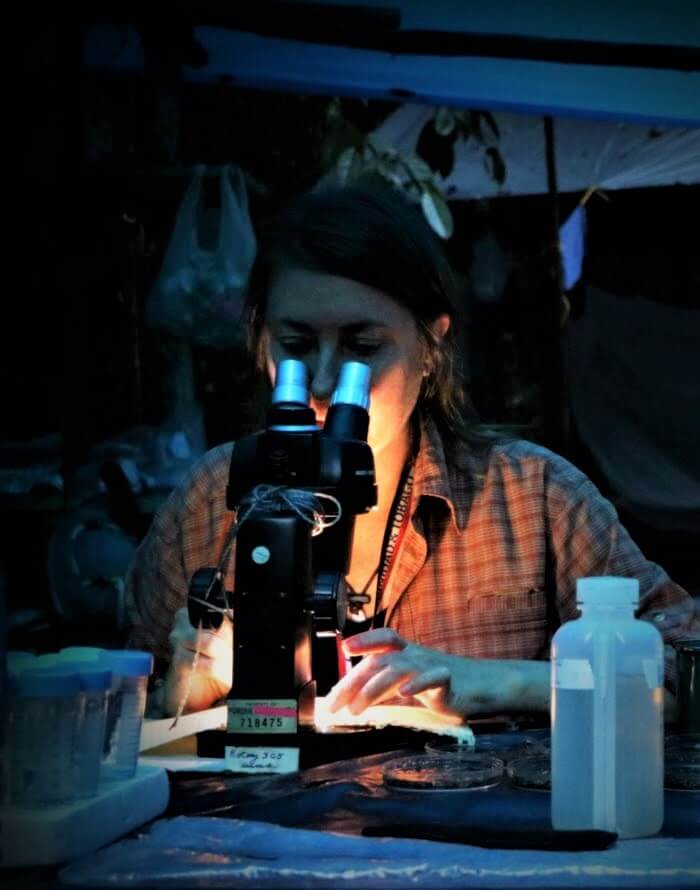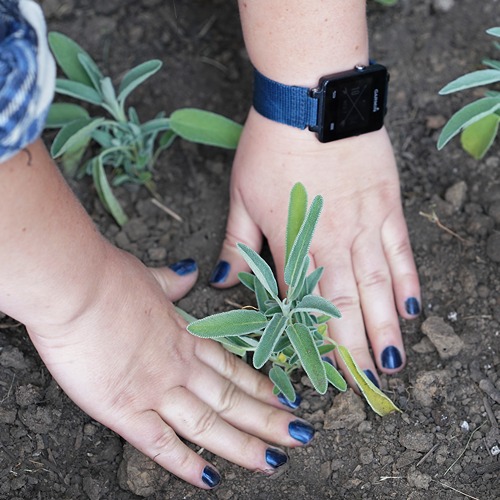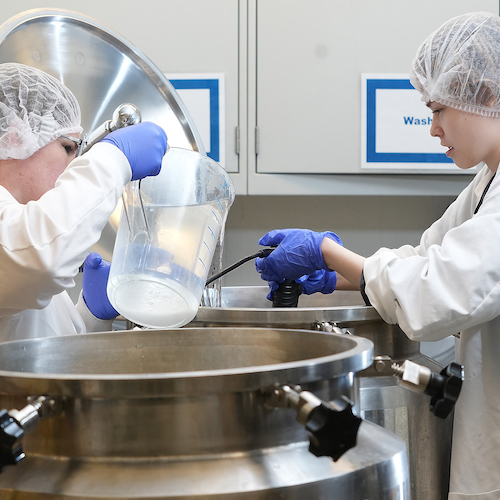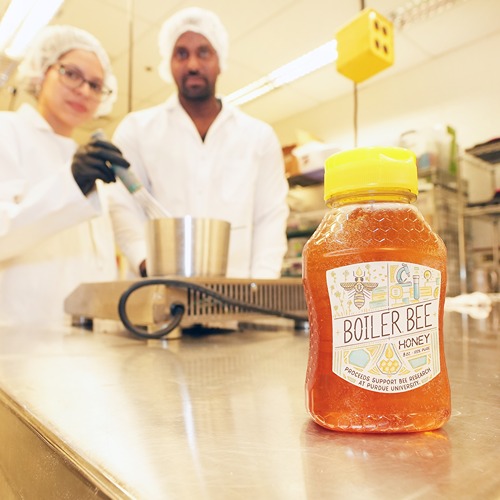In the Dr. Seuss story “Too Many Daves,” a mother runs into trouble when she gives all 23 of her sons the same first name. Confusion ensues when she calls for Dave and all the children come running.
In the world of fungus research, the opposite problem has occurred.
Scientists have used DNA sequencing to identify thousands of new fungal species, but international rules keep them from giving the organisms names. When researchers search for a particular type of fungus that would be beneficial to their work, dozens of species may already be discovered, but the lack of a name makes them almost impossible to find.
“We collect samples of sea water or soil and use high-throughput DNA sequencing to identify unique fungi,” said Cathie Aime, professor of mycology and director of the Purdue Herbaria. “We know from the data that they’re real, but we can’t put a label on them.”

in Guyana while hunting for "dark fungi" that
can be identified by DNA sequences, but cannot
be named because physical samples
cannot be stored. (Photo courtesy of Natalie Van Hoose)
That’s because international rules from the International Code of Nomenclature for algae, fungi, and plants (ICNafp) require that a physical specimen must be collected and housed somewhere before naming a species. With many of the single-cell fungi identified solely through DNA sequencing, it’s impossible to collect a physical specimen. These are known as the fungal dark taxa.
“You can take a pile of dirt or a tube of water and try to culture it, but often these fungi are not culturable so we have no physical specimen,” Aime said.
Aime is on the front lines of the issue as vice president of the International Commission on the Taxonomy of Fungi (ICTF). ICTF recently published a paper in the journal Nature Microbiology calling for solutions to the naming problem. Possibilities include creating a parallel naming system that gives fungi a sort of “candidate” status, or allowing an ITS (internal transcribed spacer) — a DNA sequence that serves as a barcode — to serve in the place of a physical sample, allowing the fungi to have a name.
This process will require agreement within Aime’s fungi taxonomy group and the broader mycological community, as well as approval from the International Mycological Congress, which meets every four years, and the International Botanical Congress, which meets every six years.
“That’s a long time, but changing a system like this is a slow process,” Aime said. “We want strong community input and an opportunity to really think through the issues associated with making this kind of change.”
The wait would be worth it to Aime. She’s been discovering and describing fungi for 30 years, many representing dark taxa. For example, about one-quarter, or 500, of the ectomycorrhizal fungi she’s documented from tropical ecosystems are known only from DNA sequences.
While she can put that information in the National Center for Biotechnology Information’s GenBank, it’s almost impossible for other scientists to use it.
“I can put something in GenBank and give it a provisional name, and I can annotate the metadata and say it comes from a soil sample in Guyana, but someone else might find the same thing and call it something else,” Aime said. “Unless you troll through the trillions of sequences in the bank, it’s very difficult to use these data or know that you’re talking about the same thing.”
In the meantime, Aime and her colleagues will continue tracking down new types of fungi and gathering as much information as possible. If the rules change in six years that allow for species without physical specimens, she’ll be relieved, but maybe only for a moment.
“If and when we make these changes, I’ll have hundreds of species to name,” Aime said. “But that’s a good problem."
 Collected in Guyana, these plant root tips are associated with numerous microscopic fungi.Without physical fungal specimens, none of them can be named. (Photo courtesy of Cathie Aime)
Collected in Guyana, these plant root tips are associated with numerous microscopic fungi.Without physical fungal specimens, none of them can be named. (Photo courtesy of Cathie Aime) 




